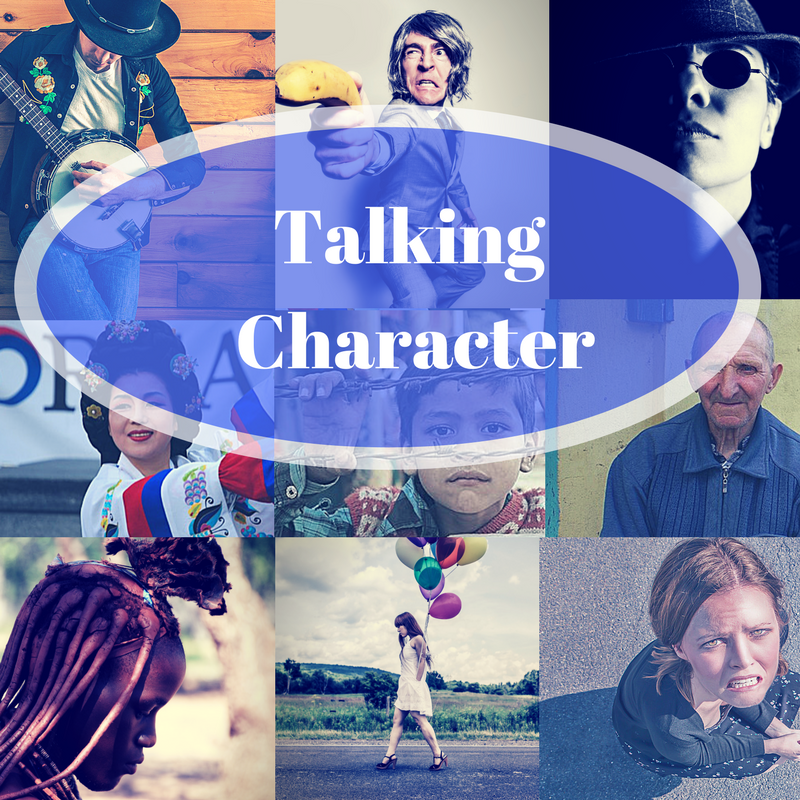In order to really show his stuff, a protagonist needs challenges to overcome. The tougher the opposition, the more our heroes can shine.
In other words, to have awesome heroes, we need formidable villains.
Like any other important character, villains need to be constructed with care. Even if they aren’t given much screen time, they deserve a multi-layered personality and backstory that explains how they got to be so nasty.
Five keys for constructing villains
- Give the villain a face. Sometimes our hero is fighting a corrupt government, a corporation, or an epidemic. However, a vague, shadowy them will not make a satisfying antagonist. Create a single person that represents the larger entity, such as ambitious executive driven by greed, or a character whose own agenda is at cross purposes with those trying to control the spread of a disease.
- Make the villain hard to beat. Better yet, make the villain seem impossible to beat. The stronger and smarter the antagonist, the more satisfying the story. Nobody will be impressed if the hero outshines the villain in strength, resources, and smarts—because there was never any doubt the hero would win. But if the villain outclasses the hero, the result of their struggle is far from certain, and the reader must read to the end to find out how the hero manages to win despite the odds. Then you have a story!
- Don’t let them steal the show. (Because they’ll be happy to, given a chance—cads that they are). Be careful not to create a villain who is so eccentric and flashy that they are more interesting than the upright, do-gooder hero. Also, by the end of the story it should be clear to the reader that the villain’s motivations are flawed and that the protagonist’s choice is the better way.
- Remember, all humans are redeemable. Your villain may not budge from his twisted evil ways, but deep inside he must have a small piece of his character that is redeemable. All humans are made in the image of God, therefore no human can be pure evil. This may not be true for otherworldy characters such as demons or space aliens, however. Pure evil works in certain cases, but for most stories a villain who retains some aspects of humanity is the more believable choice.
- Make the villain believable. All well-developed characters have reasons they act the way they do. Your villain’s thinking may be twisted, but deep down she must believe she is doing what is right, even if everyone else thinks her actions are wrong. The more readers understand why the villain acts the way she does, the more they can relate. Be warned, however, not to create too much sympathy for the villain’s misery. You don’t want readers to identify with the villain’s pain or the justice of her cause to the point they root for her instead of the hero.
[bctt tweet=”Good villains are important. The tougher the opposition, the more our heroes can shine.” username=””]





No Comments